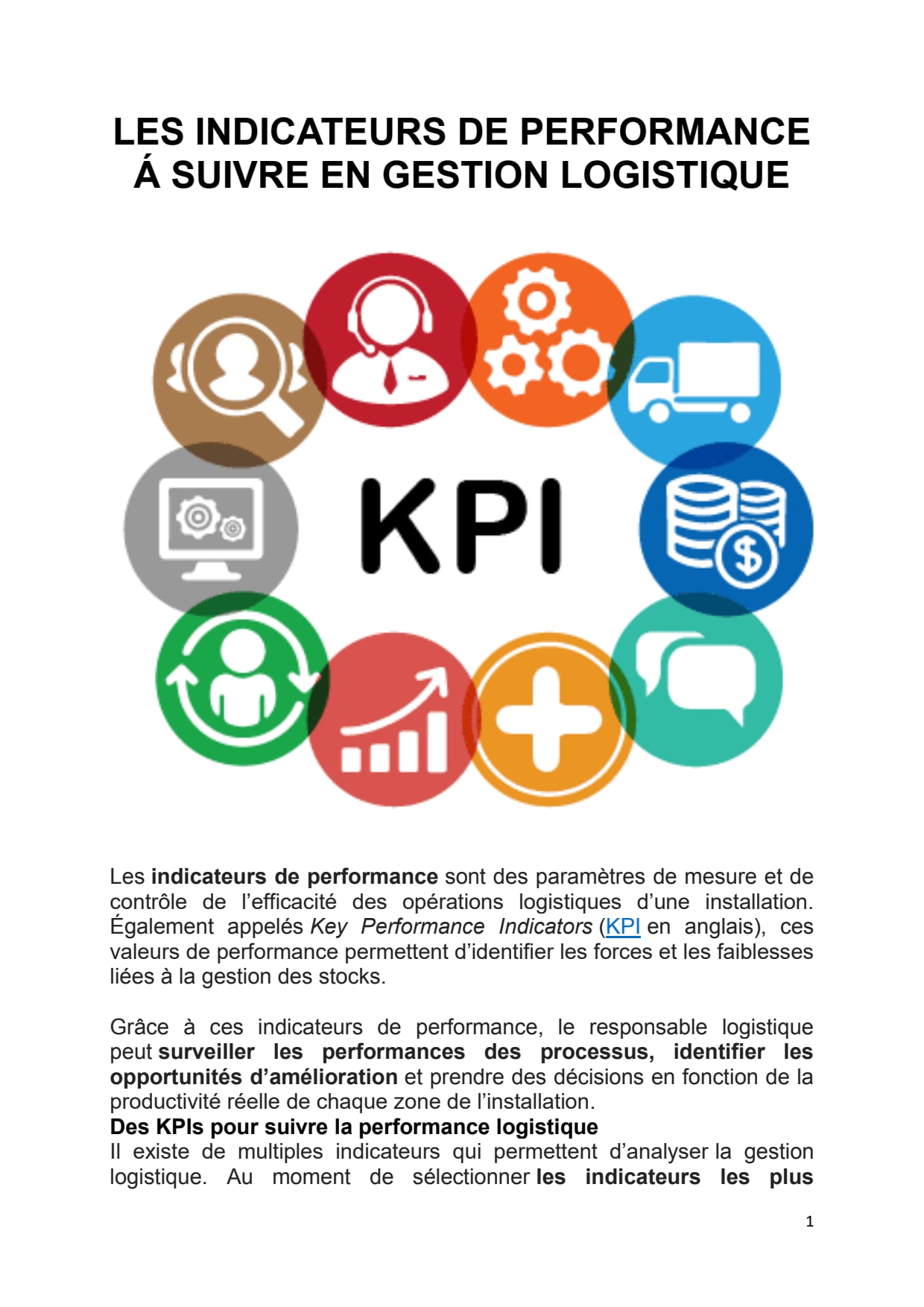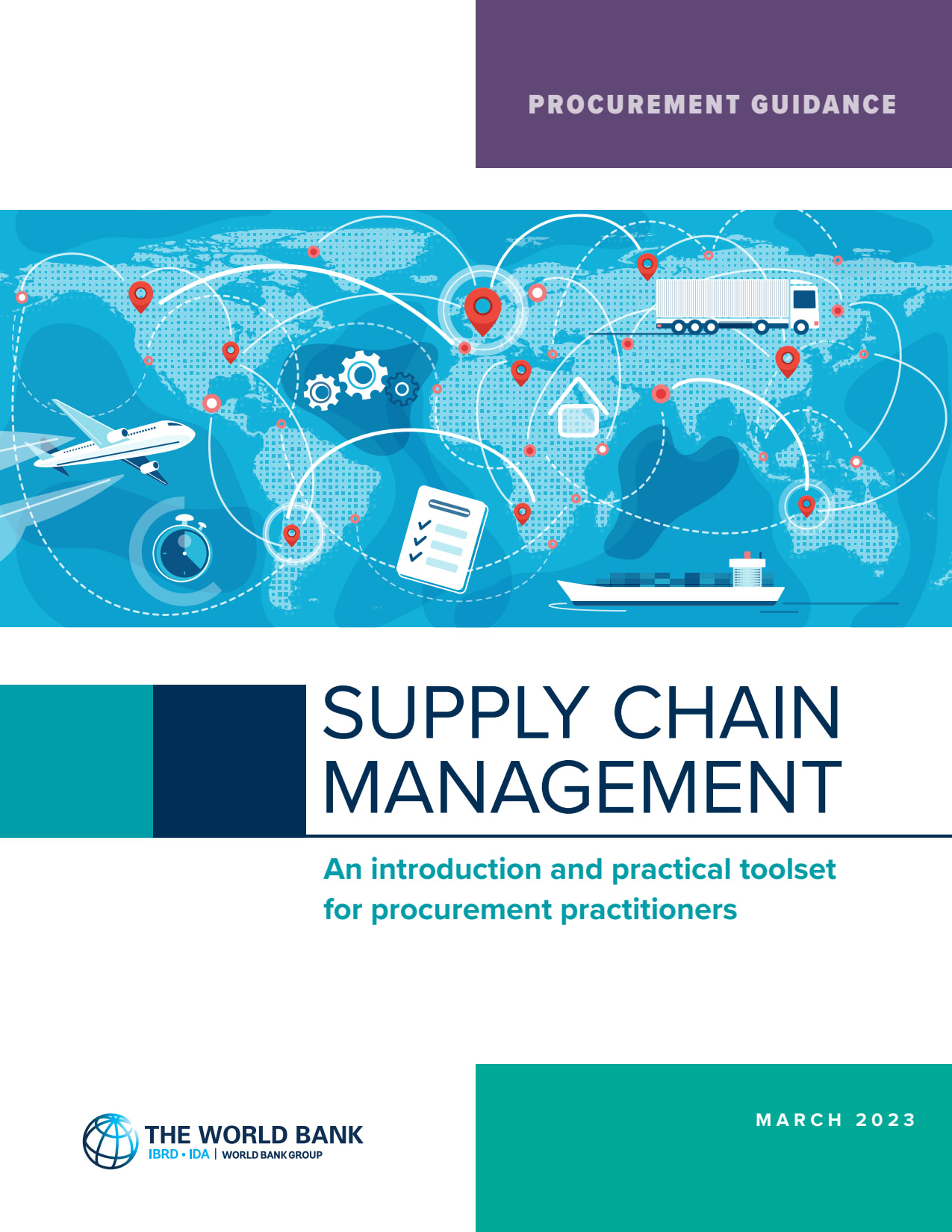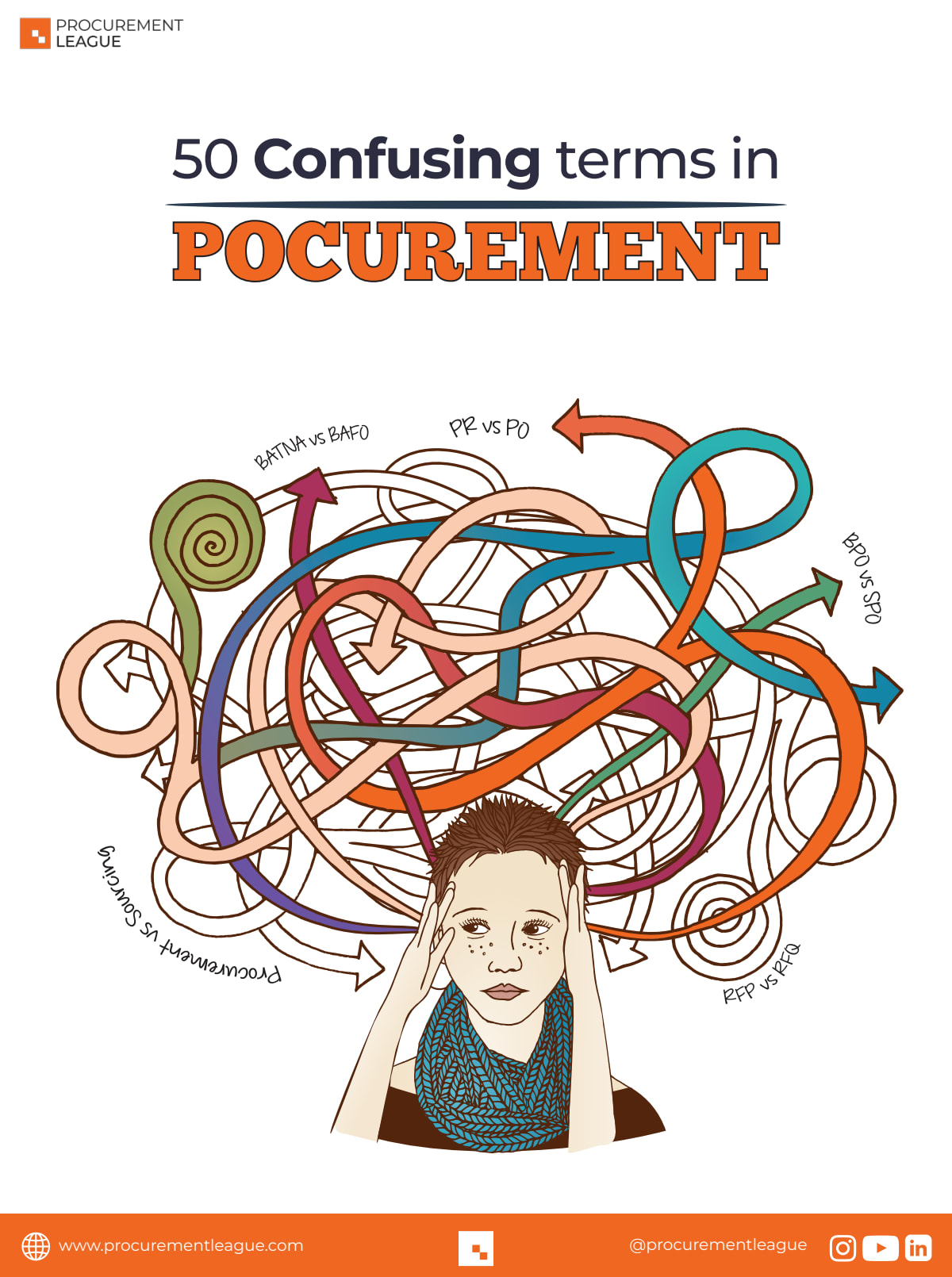- Z-POSTS (7)
- Z-NOTES
- Z-EVENTS
- DESCRIPTION
- Item 1
22 Logistics and purchasing
Add Z-POSTZ-POSTS is a public space. The content written here will be visible to the ZVENIA community.
ZVENIA Mining .29/04/2024This refers to essential principles guiding effective procurement practices within organizations. These rights are fundamental to ensure the procurement processes are 𝗲𝗳𝗳𝗲𝗰𝘁𝗶𝘃𝗲 𝗮𝗻𝗱 𝘀𝘂𝗰𝗰𝗲𝘀𝘀𝗳𝘂𝗹 𝗶𝗻 𝘀𝘂𝗽𝗽𝗹𝘆 𝗰𝗵𝗮𝗶𝗻 𝗺𝗮𝗻𝗮𝗴𝗲𝗺𝗲𝗻𝘁.
The 5 procurement rights are interconnected, meaning that each one affects the others. Therefore, the importance of these rights lies in how failing to achieve one can impact the overall success of attaining all five.
The 5 Rights are,
𝟭. 𝗥𝗶𝗴𝗵𝘁 𝗤𝘂𝗮𝗹𝗶𝘁𝘆: This refers to purchasing the right quality of goods or services that meet the organization’s standards and requirements
𝟮. 𝗥𝗶𝗴𝗵𝘁 𝗤𝘂𝗮𝗻𝘁𝗶𝘁𝘆: Procurement must ensure the organization’s purchase of the correct quantity of goods or services.
𝟯. 𝗥𝗶𝗴𝗵𝘁 𝗣𝗹𝗮𝗰𝗲This involves delivering purchased items to the right location within the organization’s supply chain
𝟰. 𝗥𝗶𝗴𝗵𝘁 𝗧𝗶𝗺𝗲: Purchased items should be delivered or available at the right time to avoid delays and minimize costs associated with holding inventory.
𝟱. 𝗥𝗶𝗴𝗵𝘁 𝗣𝗿𝗶𝗰𝗲: Procurement professionals need to secure reasonable, fair, competitive, and affordable pricesCredits to Manickavasagam NatarajanZVENIA Mining .29/03/2024Les indicateurs de performance sont des paramètres de mesure et de contrôle de l’efficacité des opérations logistiques d’une installation. Également appelés Key Performance Indicators (KPI en anglais), ces valeurs de performance permettent d’identifier les forces et les faiblesses liées à la gestion des stocks.
Grâce à ces indicateurs de performance, le responsable logistique peut surveiller les performances des processus, identifier les opportunités d’amélioration et prendre des décisions en fonction de la productivité réelle de chaque zone de l’installation.
Credits to Ridha Fattouch ZVENIA Mining .26/03/2024
ZVENIA Mining .26/03/2024This Guidance is designed to provide Borrowers with a practical understanding of Supply Chain Management (SCM). The Guidance introduces SCM practice and describes how SCM relates to each stage of the procurement lifecycle to best improve supply chain resilience and reduce procurement risks to support a successful project outcome. The Guidance provides Borrowers with tools and approaches on “how to” incorporate best practice SCM, including mapping supply chains, identifying weaknesses, and advising on how best to increase supply chain resilience/security and supply. The Guidance is cognizant of the increasing complexity of global supply chains, associated vulnerabilities to shocks and crises, and the ensuing challenges in managing these supply chains.
This Guidance reflects emerging good practice in SCM with a particular focus on infrastructure supply chains, which is a rapidly evolving space. The Guidance follows the Bank’s Procurement Process, but equally could be used by Borrowers for projects across their entire portfolio. The application of the tools and approaches discussed in this Guidance should be proportionate to the risk and value of the project and cognizant of the resources that the Borrower has available (e.g., for low risk/low value projects it may be that minimal SCM is needed). When developing SCM specific requirements or obligations, it is important to understand the specific supply market, consider what the supplier can realistically control, and set requirements or obligations accordingly
Source: Mitesh Bhatt
 ZVENIA Mining .22/03/2024
ZVENIA Mining .22/03/2024In contrast to category procurement for production materials and services, CAPEX procurement follows different rules. The challenge for procurement lies in the fact that an investment must first be planned (scope, costs, schedule) before sourcing can begin – and even planning often requires the procurement of a planning service.
Anyone who has ever carried out CAPEX project procurement will be familiar with these challenges. Here I would like to present a process on how the various CAPEX projects of a company or plant can be better organised as a whole.
It all starts with annual investment planning as step 1, which should take into account all future CAPEX expenditure. This planning usually consists of a few known projects, some placeholder projects and potential emergencies or as yet unknown customer projects. Purchasing should already be involved at this point and then develop project procurement plans for the known topics together with the engineers (e.g. what should be sourced, cost estimate, possible suppliers). Procurement should be an integral part of the final budget approval and have checked this for plausibility.
Step 2 is followed by the individual project tasks, such as analysing the supplier market and defining the individual sourcing strategies. This is followed by the inquiry rounds. During the process, a conscious distinction is made between a technical clarification meeting and a commercial negotiation. Purchasing and the engineers should take part in both discussions, with the former being led by the technicians and the later by the procurement department. The greatest potential for optimisation is always to be found in the technical aspects of project execution, where it is important to work together as a team. Procurement should be a permanent member of the project team and accompany the project through to final completion.
The last step 7 is again a superordinate step across all CAPEX projects of the organisation. Here, the performance of all suppliers involved in the various projects is analysed. Just as a quick note, the supply of the right spare parts should already be a task for the projects and not just for operations.
How is you CAPEX procurement process working?
Credits to Dr. Mario BüschZVENIA Mining .16/03/2024And these are traditional procurement skills.
The skills that fuel procurement.
In the Age of tech and AI, it’s easy to think that AI can cover a lot of what we can do.
But the true importance of knowledge isn’t going anywhere.
More than ever, Procurement needs highly skilled pros to orchestrate tech and AI to deliver value to the business.
Credits to Daniel Barnes
Credits to Daniel Barnes ZVENIA Mining .04/01/2024
ZVENIA Mining .04/01/2024It is good to remember this….
The Incoterms or “International Commercial Terms” that helps to clarify responsibilities between the seller and the buyer when negotiating the purchase of goods, considering the different import and export regulations of the origin/destination countries.
Ah… how nice is to remember some of what I have learned and what I am passionate about in my career.
EXW (Ex Works): Seller makes the goods available at their own premises. Buyer handles all costs and risks from there onwards.FCA (Free Carrier): Seller delivers goods to the carrier nominated by the buyer at a named location. Buyer assumes responsibility from that point.
FOB (Free On Board): Similar to FCA, but seller loads the goods onto the buyer’s designated vessel at a named port.
CFR (Cost and Freight): Seller pays for transporting the goods to the named port of destination, but Buyer bears the risks and any additional costs from there.
CIF (Cost, Insurance, and Freight): Similar to CFR, but Seller also pays for minimum insurance against loss or damage during the carriage.
DAT (Delivered at Terminal): Seller delivers goods to a named terminal at the destination. Buyer handles unloading and any further costs.
DAP (Delivered at Place): Seller delivers goods to a named place (not necessarily a terminal) at the destination. Buyer handles unloading and any further costs.
DDP (Delivered Duty Paid): Seller delivers goods to the named place in the destination country, covering all customs clearance and import duties.
Source: Camilo Alfonso Garzón López, LinkedIn
ZVENIA Mining .24/07/2023PART 1: Let’s Decode the Confusing Terms in Procurement Together!
This confusion can lead to costly mistakes and missed opportunities.
But don’t worry; we are here to help! Together, we can decode the confusing terms and demystify the world of procurement. Whether you’re a seasoned pro or starting out, let’s navigate the procurement landscape together and make sense of it all.
Source : Procurement League, LinkedIn

- Item 2
22 Logistics and purchasing
Add Z-NOTEZ-NOTES is a private space. The content written here will be visible only to you.
- Item 2
22 Logistics and purchasing
Add Z-EVENTZ-EVENTS is a public space. Events posted here will be visible to the ZVENIA community.
- Item 2
22 Logistics and purchasing
In this module you will have access to the following topics (not exhaustive) :
– Customs
– Amount
– Export
– Transportation


